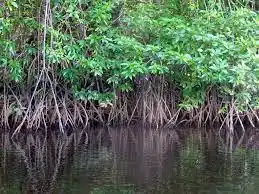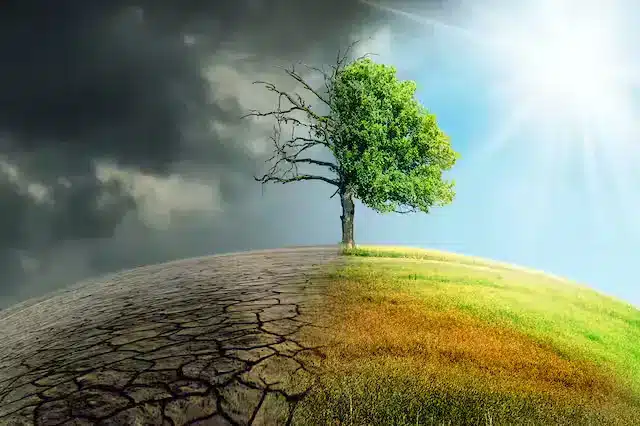National Park
They are the areas that are set by the government to conserve the natural environment.
- A National Park is a protected area constituted for the protection and conservation of wildlife. They are declared in areas that are considered to be of adequate ecological, geomorphological and natural significance.
- A national park has more restrictions as compared to a wildlife sanctuary.
- Their boundaries are fixed and defined.
- National Parks in India are declared under the Wildlife (Protection) Act, 1972.
- They are IUCN category II protected areas.
- There are 108 national parks in India as of 2022.
- Hailey National Park (presently known as Jim Corbett National Park), established in 1936 is India’s first National Park.
Characteristics of National Park
- Reserve area of land, owned by the government.
- Area is protected from human exploitation, industrialization and pollution.
- No cutting, Grazing allowed, Outside Species Allowed.
- Conservation of ‘wild nature’ for posterity and as a symbol of national pride.

Wildlife Sanctuary
A wildlife sanctuary is an area, usually a part of a large park, that is mainly dedicated to protecting a certain type of animal in the region. It is off-limits to the general public, usually with large warnings of “no trespassing” to protect the animals from people who may try to hurt them.
Characteristics of Wildlife Sanctuary
- It is a natural area that is reserved by a governmental or private agency for the protection of particular species.
- The area is designated for the protection of wild animals.
- It came under the category called “Protected Areas”. The Protected Areas are declared under Wildlife (Protection) Act, 1972.
- The International Union for Conservation of Nature (IUCN) has defined its Category IV type of protected areas.
Biosphere Reserve
A biosphere reserve is an area of land mostly untouched by humans. It’s meant to be a place to learn about wildlife and nature before humans started to develop it. For example, we can see how animals that are native to the area adapt to the environment with their behaviour, diet, and appearance of their body parts. We can learn about the habitats of plants and animals. It’s also a way to preserve it and keep it as a safe haven for animals that need a safe place to live.
Characteristics of Biosphere Reserve
- Notified areas that cover a larger area of land which may cover multiple National Parks, Sanctuaries and reserves as well.
- Areas are meant for conservation of biodiversity of a specific area.
- Three areas: Core, Buffer & Marginal. No outside Species allowed Conservation & research purpose.
- It is internationally recognized within the framework of UNESCO’s Man and Biosphere (MAB) programme and nominated by national governments.
- The Ministry of Environment and Forest provides financial assistance to the respective State governments for conservation of landscape and biological diversity and cultural heritage.
Difference between National Park, Wildlife Sanctuary and Biosphere Reserve
| Parameter | National Park | Wildlife Sanctuary | Biosphere Reserve |
| Protection type | Protection of wildlife | Reserved for species-oriented plant or animal | Ecosystem oriented-reserves all forms of life |
| Legislation | Wildlife Protection Act | Wildlife Protection Act | Internationally recognized within the framework of UNESCO’s Man and Biosphere (MAB) programme and nominated by national governments. |
| Level of Protection | Greater degree of protection than sanctuaries | Lesser degree of protection | Greater Degree of Protection |
| Regulation of Human Activities | Activities like grazing, hunting, forestry or cultivation etc. are strictly prohibited. | Allowed to a limited extent in the wildlife sanctuaries | No interference except in buffer and transition zone |
| Boundaries | Clearly delineated by legislation | Not sacrosanct | Clearly delineated by legislation |
| Upgradation and Downgradation | Cannot be downgraded to a Wildlife Sanctuary | Can be upgraded to a National Park | National Parks and wildlife Sanctuaries may become a part of Biosphere Reserve |
| IUCN Status | Category II of the protected areas | Category IV of protected areas. | roughly corresponds to IUCN Category V of protected areas. |
All three of these parks provide a safe haven for wildlife and natural habitats. Each of these parks is unique and provides refuge to its own ecosystems, native animals, and plants.
Also refer:
- Ramsar Sites In India
- Environmental organizations of India
- Important MCQs On Air Pollution
- Important Multiple Choice Questions On Air Pollution








